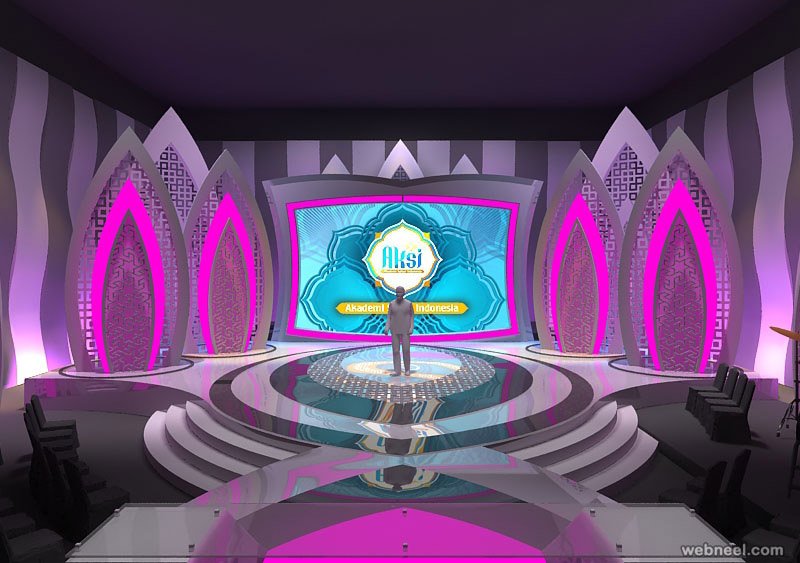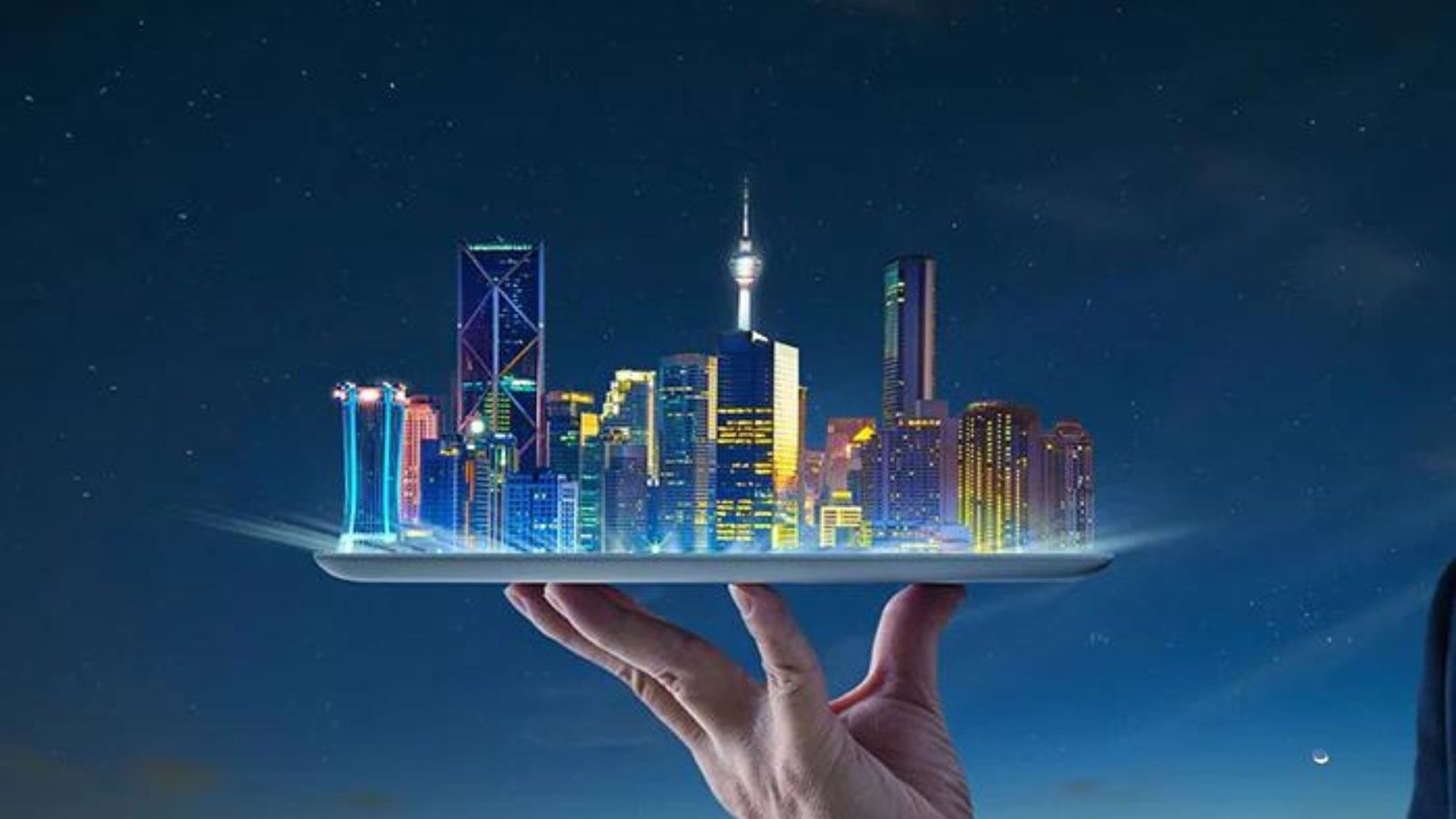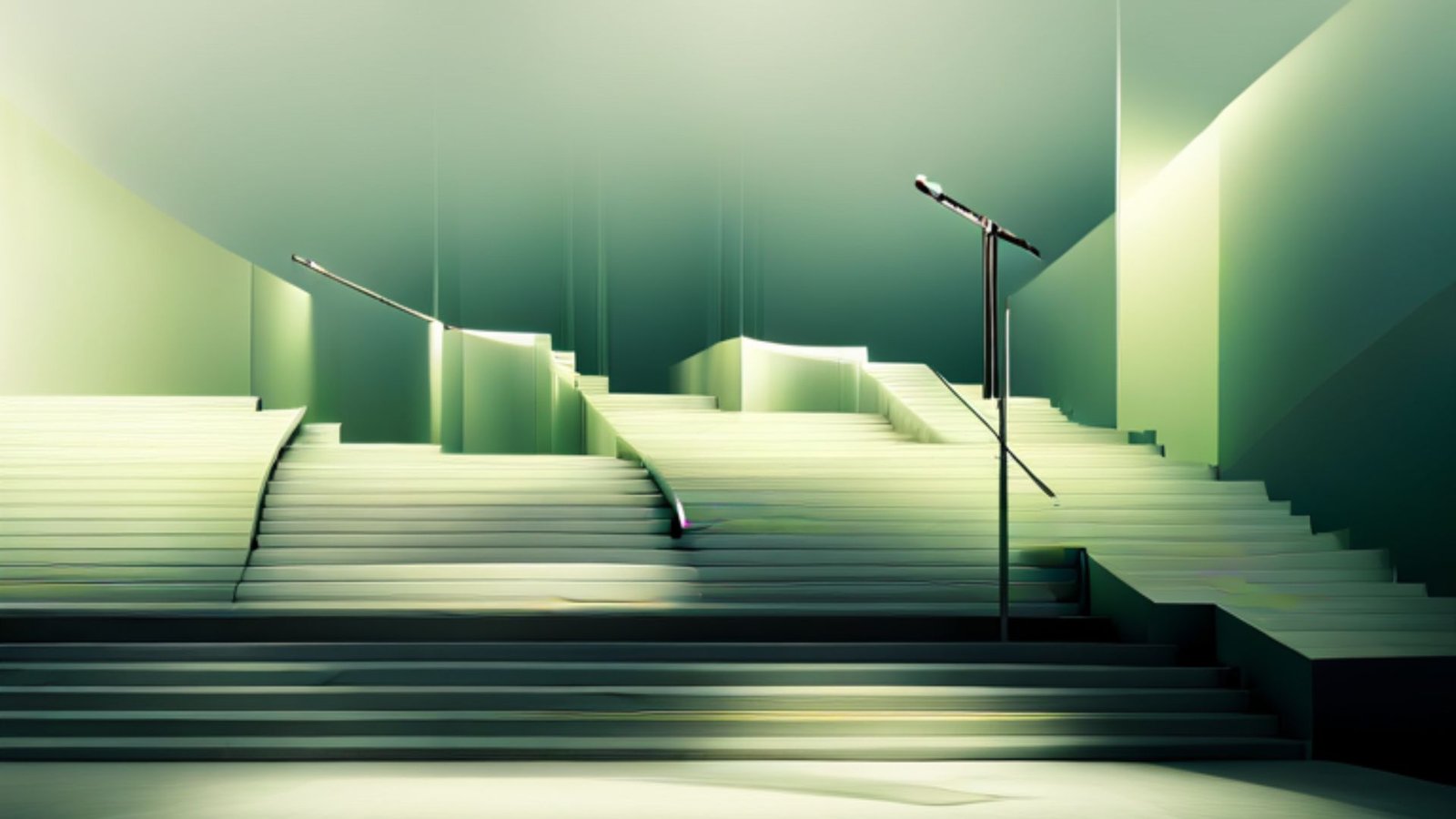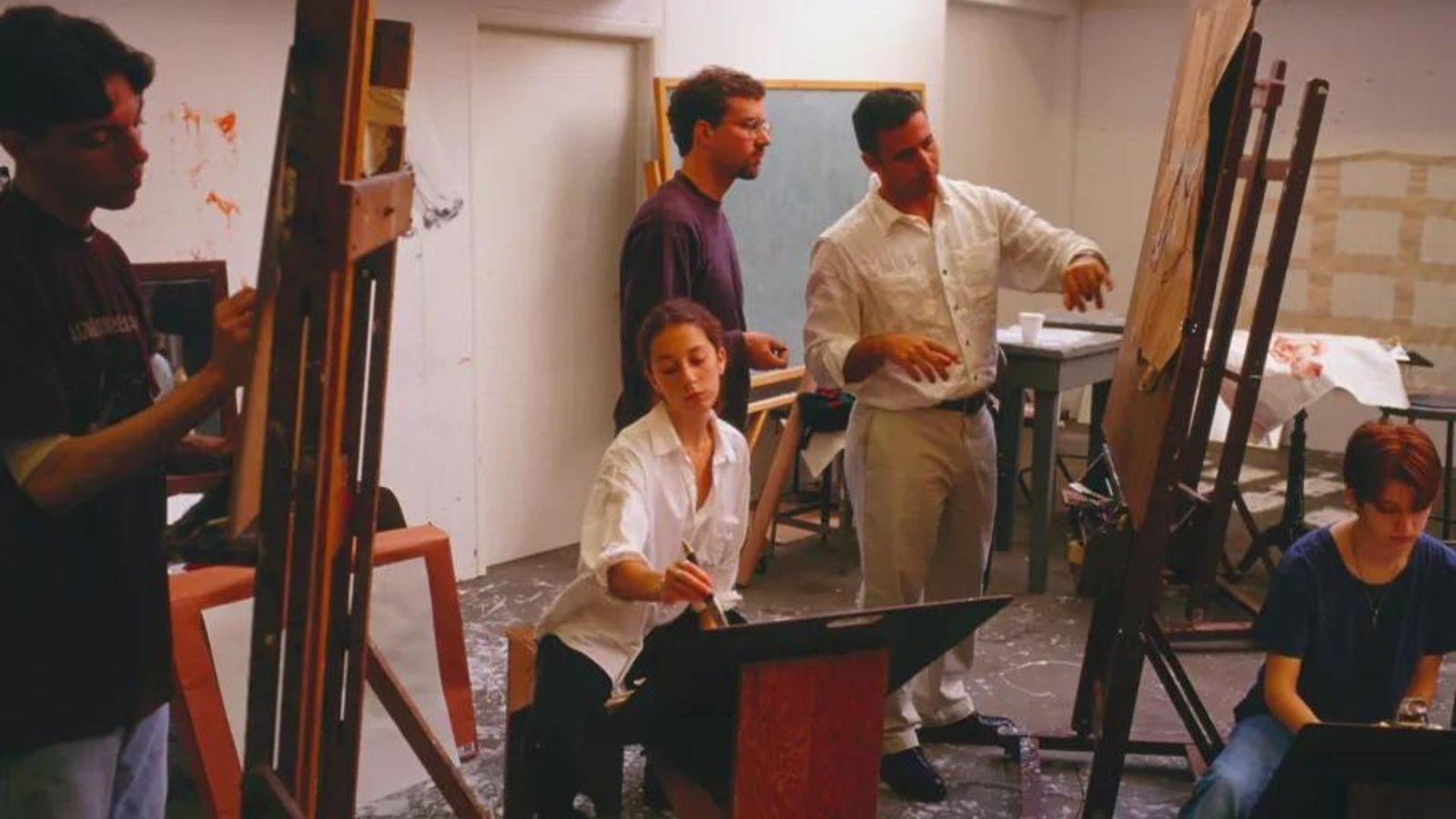One of the best stage design ideas is to embrace immersive set designs. Immersive environments engage the audience by creating a space that feels like an extension of the performance itself. For instance, using 360-degree projections or detailed set pieces can make the audience feel as though they are part of the story. This approach allows for greater interaction between the performers and the audience, leading to a more engaging and memorable experience. By incorporating immersive elements, you can transform the stage into a living, breathing environment that captivates and draws in your audience.

Integrate Interactive Elements
Another top stage design idea is to integrate interactive elements into your set. Interactive design allows the audience to influence or interact with the performance in real-time. This can be achieved through the use of touch-sensitive surfaces, motion sensors, or even audience participation components. For example, incorporating technology that responds to audience movements or choices can add an extra layer of engagement and excitement. By integrating interactive elements, you create a dynamic and evolving stage environment that keeps the audience actively involved throughout the performance.
Utilize Modular Set Pieces
Utilizing modular set pieces is one of the best stage design ideas for creating flexibility and adaptability in your stage environment. Modular designs allow for easy reconfiguration of set elements to accommodate different scenes or performances. For example, movable platforms, interchangeable backdrops, and adjustable props can be rearranged to fit various production needs. This approach not only facilitates smooth scene transitions but also supports creative experimentation. By using modular set pieces, you can efficiently adapt your design to various performance requirements and enhance the overall versatility of your stage setup.
Experiment with Lighting Effects
Experimenting with lighting effects is another key stage design idea that can dramatically enhance the visual impact of your production. Lighting plays a crucial role in setting the mood, highlighting specific areas, and creating dramatic effects. By exploring different lighting techniques, such as color gels, gobos, and dynamic lighting cues, you can achieve various atmospheres and visual effects. For instance, using shifting colors and intensities can evoke different emotional responses from the audience. By experimenting with lighting effects, you can add depth and dimension to your stage design, creating a more immersive and visually engaging experience.
Incorporate Sustainable Design Practices
Incorporating sustainable design practices is increasingly recognized as one of the best stage design ideas for creating environmentally responsible productions. This approach involves using eco-friendly materials, reducing waste, and implementing energy-efficient solutions. For example, opting for recycled or repurposed materials for set construction and choosing LED lighting can contribute to a more sustainable production. Additionally, modular and reusable set pieces can minimize material consumption and reduce the environmental impact of your design. By integrating sustainable practices, you not only create innovative and responsible designs but also contribute to the broader goal of environmental conservation.
Explore Minimalist Design Approaches
Exploring minimalist design approaches is another effective stage design idea that emphasizes simplicity and elegance. Minimalism involves using fewer elements to create a strong visual impact, focusing on clean lines and essential features. For instance, a minimalist stage might use a few strategically placed props and a simple backdrop to suggest different locations or moods. This approach allows the performers and narrative to take center stage, without being overshadowed by elaborate set pieces. By exploring minimalist design, you can create a sophisticated and impactful stage environment that highlights the core aspects of your performance.
Combine Traditional and Modern Elements
Combining traditional and modern elements is a versatile stage design idea that blends classic design principles with contemporary innovations. This approach can involve integrating traditional scenic techniques with modern technologies and materials. For example, combining historical motifs with digital projections or classic stagecraft with modern lighting systems can create a visually rich and dynamic environment. This fusion of old and new can add depth and interest to your design, resonating with diverse audiences. By combining traditional and modern elements, you can create a stage environment that reflects both historical context and contemporary relevance.
Optimize Space Utilization
Optimizing space utilization is a crucial stage design idea for creating functional and visually appealing stage environments. Effective space management involves careful planning of the layout and use of the stage area to support the performance and ensure clear sightlines for the audience. Consider incorporating multi-level platforms or adjustable set pieces to make the most of the available space. Additionally, thoughtful arrangement of set elements can enhance the overall flow and functionality of the stage. By optimizing space utilization, you can create a more efficient and engaging stage setup that enhances the overall theatrical experience.
Conclusion
Incorporating the best stage design ideas can significantly elevate the impact of your performances. Embracing immersive set designs, integrating interactive elements, and utilizing modular set pieces provide flexibility and engagement. Experimenting with lighting effects and incorporating sustainable practices contribute to a more dynamic and environmentally responsible design. Exploring minimalist approaches and combining traditional with modern elements offer additional creative possibilities. By optimizing space utilization and implementing these innovative ideas, you can create compelling and memorable stage environments that captivate and inspire your audience.




